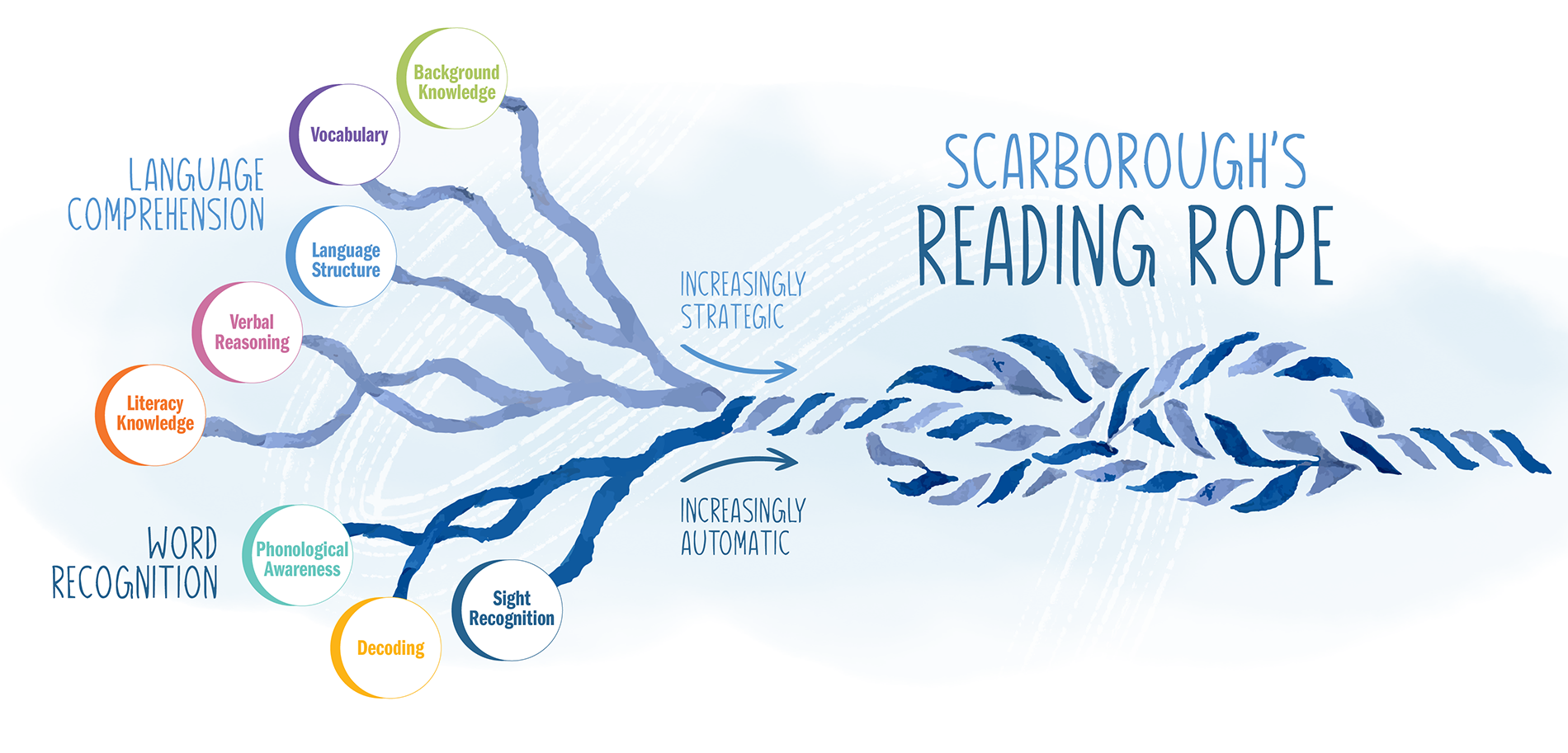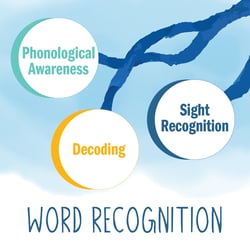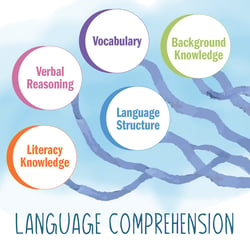.png)

Untangling the Rope and Supporting Engaged Reading | Booksource
Share on Social Media
Educators are all looking for the most effective ways to teach students to read. And you have undoubtedly found that there is no one solitary method that works. For diverse classrooms with different cultures, backgrounds and abilities there are a diverse number of ways to help students learn to read.
For more than 20 years, that diversity in reading has been captured by Scarborough’s Reading Rope, an image of a rope comprised of different strands that represent the various factors that go into a student’s reading ability. Created by Dr. Hollis Scarborough, the rope shows how those strands come together to form the knot that combines proficient reading and strong comprehension.
While each individual strand, such as sight recognition or verbal reasoning, is well known on its own, Scarborough’s Reading Rope simplifies the complexity of literacy to provide a clearer view of how those strands intertwine.
Identifying the Strands & How a Booksource Classroom Library Can Help
Scarborough’s Reading Rope is broken down into two categories: the lower strands, which pertain to Word Recognition, and the upper strands, which focus on Language Comprehension. We’ll take a closer look at each to define the differing parts, as well as what they look like in the classroom.
Plus, for each strand we’ll identify how Booksource’s Complete Expanded Classroom Library Collections, available by grade level, can help meet your students’ unique reading needs.
Phonological Awareness – This describes a student’s awareness of the various parts of words, such as syllables, onsets and rimes. Put simply, it is the awareness of how a word sounds.
What it Looks Like – Students with strong phonological awareness can count the number of syllables in words and recognize rhymes and alliterations.
How a Classroom Library Collection Helps – Phonological awareness can be best enhanced through Read-Aloud books in any of Booksource’s Complete Expanded Classroom Library Collections. These books expose students to various sounds, rhythms and speech patterns, and can be used as part of interactive classroom sessions featuring active student participation.
Decoding – Decoding is done when a student uses individual letter sounds to “sound out” a word. Think of it as putting together the pieces of a puzzle.
What it Looks Like – Students who can decode words can accurately sound them out and can identify appropriate letter sounds (for example: recognizing the ‘c’ in the word ‘cat’ is read as a ‘k’ sound).
How a Classroom Library Collection Helps – Decodable books are featured in Booksource’s Complete Expanded Classroom Library Collections for students in Kindergarten, First, and Second grades. They aren’t just for the younger levels, though. Older students will enjoy the High/Low titles in Complete Expanded Classroom Library Collections for grades 3 and up.
Sight Recognition – With strong sight recognition, a student doesn’t need to decode; these are words, sometimes known as “sight words”, that a student has become so accustomed to seeing that they can identify them immediately.
What it Looks Like – Good sight recognition is evident when students can fluently read a word, without needing to break it down.
How a Classroom Library Collection Helps – Each Complete Expanded Classroom Library Collection features books in our Favorite Literary Texts, Popular Series and Favorite Authors genres perfect for sight recognition. Younger level books include repetitive phrases and words, and many of the selections include words commonly used in everyday speech. Additionally, these books feature high engagement, meaning students will want to read them multiple times, helping reinforce sight word recognition.
Background Knowledge – A student’s background knowledge refers to the amount of information they have on a particular topic.
What it Looks Like – Background knowledge can help students make meaning of text by building on what they already know. For example, if you recently completed a lesson about outer space, students may find it easier to read texts about space travel, as they already have familiarity with some of the words and contexts.
How a Classroom Library Collection Helps – Check out the titles in the Science, Social Studies, Historical Fiction and Biography & Memoir genres, available in each grade level’s Complete Expanded Classroom Library Collection. These books cover an array of subjects that can build and expand knowledge on diverse topics and teach more about different time periods, cultures and historical figures and events.
Vocabulary – This defines all the words a student can read or speak AND that they understand the meaning of in context.
What it Looks Like - Students with higher vocabularies may find reading easier, as they can use skills such as decoding, sight recognition or background knowledge to define words they have heard before, even if they have never encountered them in print.
How a Classroom Library Collection Helps – Your grade level’s Complete Expanded Classroom Library Collection includes Favorite Literary Texts, Favorite Informational Texts, Reference Texts, Poetry and Read Alouds, all of which open students to different genres, writing styles and subjects than can help build vocabulary.
Language Structure – While vocabulary pertains to individual words, language structure is how we place those words together to form sentences. Specifically, we use syntax – the arrangement of words – and semantics – the meaning behind the words – as part of our language structure.
What it Looks Like – Students who understand language structure can process the meaning of sentences, phrases and paragraphs quickly and accurately without sounding out words or taking long pauses.
How a Classroom Library Collection Helps – Titles within the Literary Texts, Informational Texts, Poetry, Graphic Novels and Biography & Memoir genres introduce students to different narrative forms and sentence structures, showing how sentences are built in different contexts.
Verbal Reasoning – Students may more easily understand words and phrases when they can show verbal reasoning, or the ability to tell a literal statement from a figurative one.
What it Looks Like – Students can identify things like metaphors and accurately conclude what is meant. For example, a student should recognize ‘hungry as a horse’ as a metaphor that means the subject is very hungry.
How a Classroom Library Collection Helps – Each Classroom Library Collection from Booksource includes various genres and formats that challenge and enhance language comprehension, critical thinking and analytical ability, such as in the Favorite Literary Texts, Favorite Informational Texts, Poetry, Traditional Literature and Read Aloud genres. These contain complex ideas and narratives, diverse writing styles and alternative perspectives. Read Aloud books also provide visual clues alongside the words, further helping students read beyond the text.
Literacy Knowledge – There is more to books than just the stories, and literacy knowledge helps students understand the organization of printed text even when it’s not part of the narrative.
What it Looks Like – Students can understand a table of contents, index or glossary and things like headlines and subheadings. Younger students should understand that reading is done from left to right and know which part of the book is the front or back.
How a Classroom Library Collection Helps – There are a number of books that can assist in literacy knowledge available within your Booksource Complete Expanded Classroom Library Collection, such as those in the Reference Texts, Favorite Literary Texts, Favorite Informational Texts, Traditional Literature, Biography & Memoir, Poetry, Graphic Novels and Fantasy and Sci Fi genres. These feature a variety of formats and story types, letting students compare different layouts and styles. Plus, because of their high interest, these are books students will want to read independently.
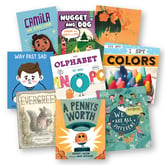
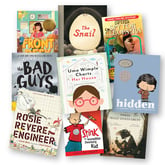
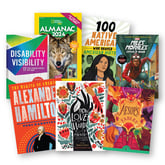
Tying it All Together
Scarborough’s Reading Rope can help you better see how your students read and more easily find where they may be struggling. For instance, a student may excel at decoding words in print but have a limited vocabulary, making it difficult for them to understand the words. By narrowing down which area of reading is presenting a hurdle, you can offer more particular direction or assistance.
And we’re here to help.
Our Complete Expanded Classroom Library Collections address each strand of the Reading Rope with engaging titles to help your students read and to make reading enjoyable. In addition, you can make sure your classroom library remains relevant to your students with LibraryLens, a free feature in Booksource Classroom that automatically evaluates the books in your classroom library, identifies gaps and suggests the right titles to fill those gaps.
Ready to climb the rope? Our team of classroom library experts is prepared now to help you customize collections perfect for your students.

